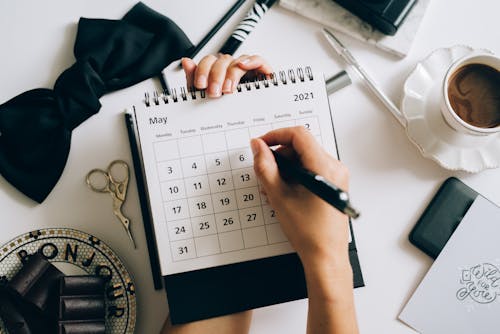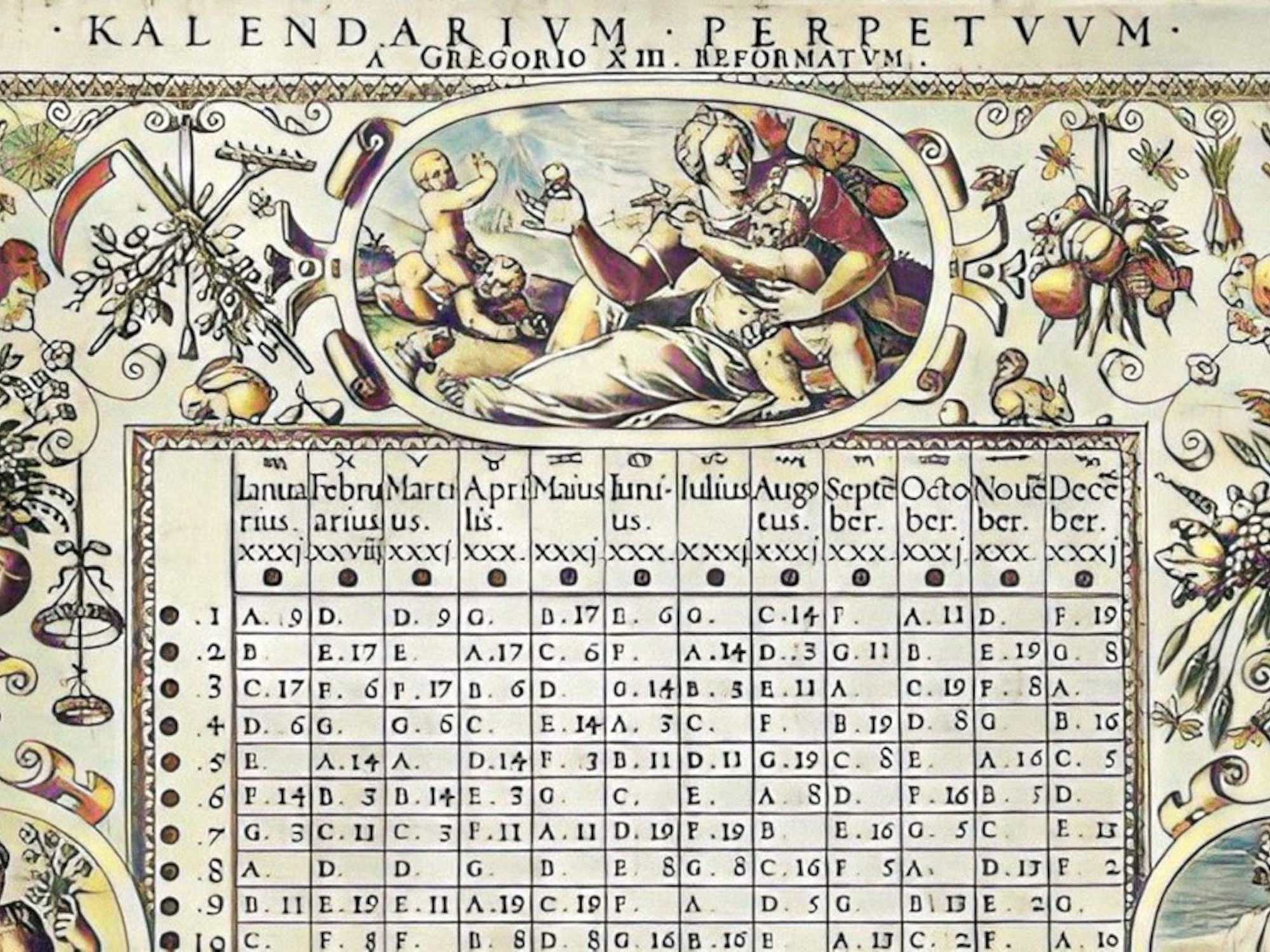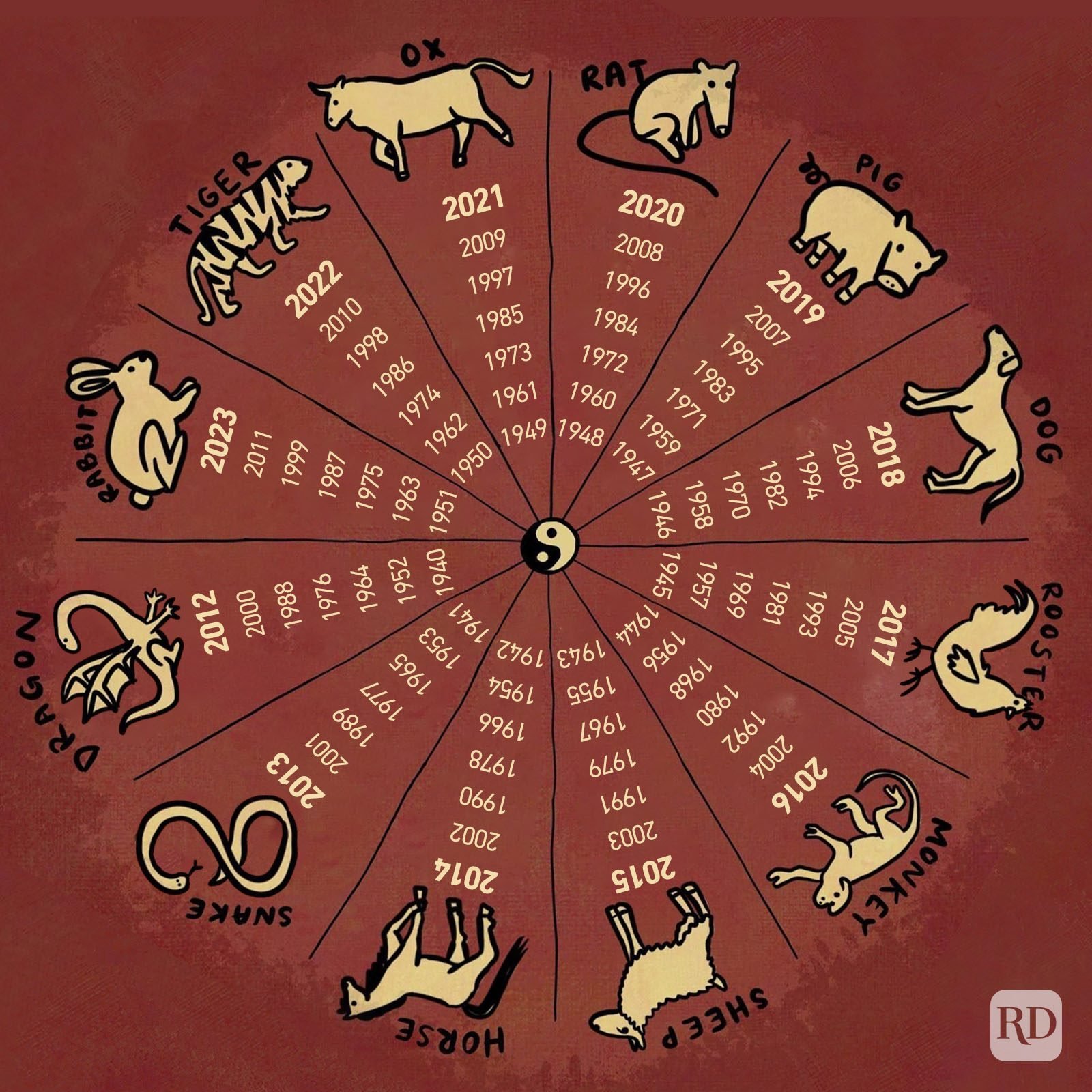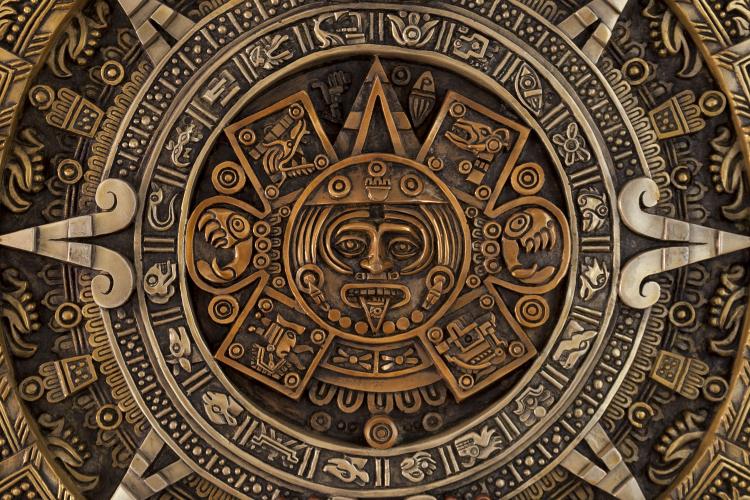Calendars are fascinating human inventions that help us organize and structure our lives. They provide a framework for measuring time, tracking important events, and planning for the future.

Source- Pexels
While the Gregorian calendar is the most widely used calendar system worldwide, it is by no means the only one. In fact, various calendars have been developed throughout history and across different cultures, each with its own unique characteristics and purposes.
Let's embark on a journey through time and cultures to explore some of the different calendars that have shaped our world.
Gregorian Calendar:
Let's start with the most widely used calendar today, the Gregorian calendar. It was introduced by Pope Gregory XIII in 1582 as a refinement of the Julian calendar.
The Gregorian calendar follows a solar year of 365 days, divided into 12 months, with a leap year every four years, except for years divisible by 100 but not by 400. This adjustment helps to more accurately align the calendar with the astronomical year.
Lunar Calendar:
Unlike the Gregorian calendar, which is based on the solar year, the lunar calendar is based on the phases of the moon. It consists of 12 lunar months, each lasting approximately 29.5 days, resulting in a year of about 354 days.
To reconcile the lunar and solar cycles, some lunar calendars include a leap month periodically. Lunar calendars have been used by various cultures, including the Islamic and Chinese calendars.
Islamic Calendar (Hijri Calendar):
The Islamic calendar is a lunar calendar that is primarily used by Muslims worldwide to determine religious observances. It is based on the Hijri, the migration of Prophet Muhammad from Mecca to Medina in 622 CE.
The Islamic calendar consists of 12 lunar months of alternating 29 and 30 days, resulting in an average year of about 354 days. This calendar is not synchronized with the seasons, as it purely follows the lunar cycle.
Hebrew Calendar:
The Hebrew calendar is a lunisolar calendar traditionally used by Jewish communities to determine religious observances and festivals. It combines both lunar and solar elements, incorporating an extra month called Adar II in leap years to align the calendar with the seasons.
The Hebrew calendar is steeped in rich religious symbolism and has been used for thousands of years to mark Jewish holidays and historical events.
Chinese Calendar:
The Chinese calendar is a lunisolar calendar that has been used in China for centuries. It follows a 12-year cycle, with each year associated with one of the twelve zodiac animals.
The calendar also incorporates the lunar phases, resulting in a leap month added every few years to keep the calendar in sync with the solar year. The Chinese New Year, also known as the Spring Festival, is one of the most important celebrations based on this calendar.
Hindu Calendar:
The Hindu calendar, also known as the Indian national calendar, is a lunisolar calendar widely followed in India for religious and administrative purposes. It consists of 12 lunar months, but unlike other lunar calendars, it adds an extra month every three years to keep the calendar synchronized with the solar year.
The Hindu calendar is deeply intertwined with Hinduism and is used to determine auspicious dates for ceremonies, festivals, and rituals.
Mayan Calendar:
The ancient Mayan civilization in Mesoamerica developed several interconnected calendars, the most famous of which is the Long Count calendar. The Long Count calendar is a system that measures time in cycles of 20 days, 360 days, 7,200 days, and longer periods.
It attracted attention due to the widely misinterpreted belief that it predicted an apocalyptic event in 2012. The Mayan calendar is an extraordinary testament to the mathematical and astronomical knowledge of the Mayan civilization.
These are just a few examples of the many calendars that exist or have existed around the world. Each calendar reflects the cultural, religious, and historical context of the society that uses it.
Calendars serve as more than just timekeeping tools; they are embodiments of cultural identity, belief systems, and societal values. Exploring different calendars allows us to appreciate the diverse ways in which human beings have understood and measured time throughout history.
As we continue to navigate our modern lives, it's essential to recognize and respect the calendars that shape the experiences of different cultures. By doing so, we can celebrate the richness of human diversity and gain a deeper understanding of the world we share.
Written By- Radhika Agrawal
Edited by- Aastha setia











.JPG)

.jpeg)

0 Comments